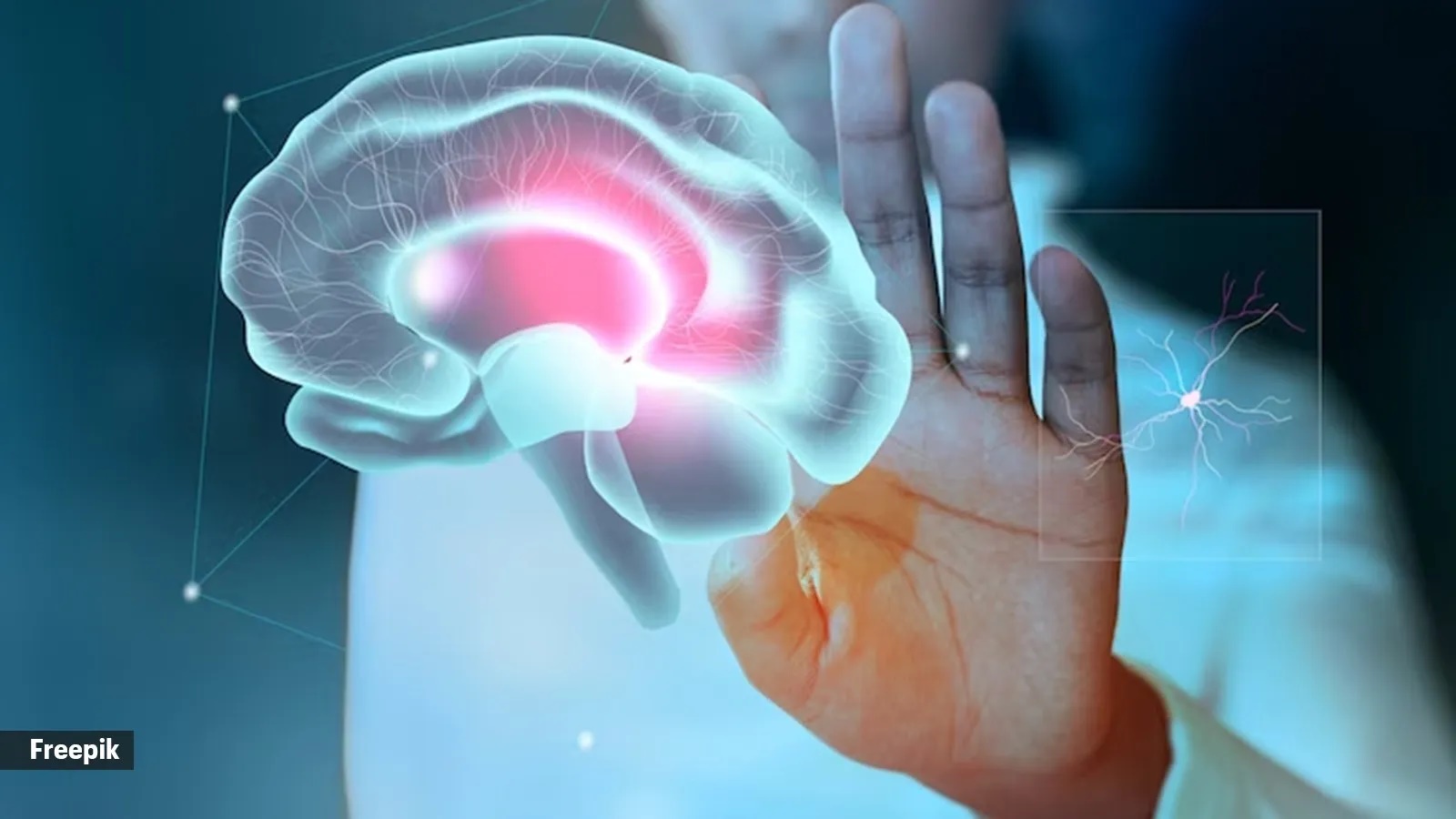- India
- International
Microplastics have made a home in our brains, study reveals. What does that mean?
The study suggests that microplastics we encounter in everyday life – from water and food to the air we breathe – can travel from our gut to other vital organs.
 Microplastics are everywhere, even in our brains (Source: Freepik)
Microplastics are everywhere, even in our brains (Source: Freepik)Microplastics, tiny fragments of plastic less than 5 millimetres in size, are a growing environmental contaminant. We now know they’re not just polluting our oceans and harming wildlife – they’re finding their way into our bodies, with a recent study revealing their presence in human brains.
A new study published in the journal Environmental Health Perspectives reveals a concerning reality – tiny plastic particles, known as microplastics, are invading the human brain. Researchers from the University of New Mexico conducted the investigation, which raises significant questions about the potential impact on our neurological health.
According to a university press release, the study suggests that microplastics we encounter in everyday life – from water and food to the air we breathe – can travel from our gut to other vital organs. This includes the kidneys, liver, and most worryingly, the brain. Let us understand how this happens and what it means for us in the long term.
How do microplastics get to our brains?
According to Dr Yatin Sagvekar, consultant – neurology at Kokilaben Dhirubhai Ambani Hospital, Navi Mumbai, the entrance point could be by skin contact, inhalation, or ingestion (via trophic transfer or infected food).
“Only microplastics smaller than 20 µm should be able to penetrate organs, and those with a size of about 10 µm should be able to access all organs and cross all cell membranes including the blood-brain barrier,” he explained in an interaction, adding that it is not yet evident whether or not particles translocate directly to the brain via olfactory and taste nerve endings, indirectly via the bloodstream or both.

 Here’s what happens in your brain when microplastics get there (Source: Freepik)
Here’s what happens in your brain when microplastics get there (Source: Freepik)
Why are they penetrating our bodies?
Pollution of micro/nano-plastics (MPs/NPs) is ubiquitously prevalent in the environment, leading to an unavoidable exposure of the human body.
Dr Sagvekar explained that despite the protection of the blood-brain barrier, MPs/NPs can be transferred and accumulated in the brain, which subsequently exerts negative effects on the brain. Nevertheless, the potential neurodevelopmental and/or neurodegenerative risks of MPs/NPs remain largely unexplored.
“MPs/NPs are prevalent across various environmental mediums such as air, water, soil, and human food. Additionally, they have the potential to discharge their components, absorbed pollutants, and pathogenic agents,” he said.
What does this mean for our health in the long-term?
When microplastics or nanoplastics (MPs/NPs) infiltrate the brain, they can trigger a cascade of molecular or cellular reactions, Dr Sagvekar explained, potentially compromising the integrity of the blood-brain barrier, inducing oxidative stress, provoking inflammatory responses, impacting acetylcholinesterase activity, disrupting mitochondrial function, and hindering autophagy.
These processes can lead to aberrant protein folding, neuronal loss, disturbances in neurotransmission, and aberrant behaviors, ultimately fostering the onset and progression of neurodegenerative changes and neurodevelopmental abnormalities, he said.
Numerous investigations have underscored the potential metabolic disturbances, neurotoxic effects, and heightened cancer susceptibility in humans. Additionally, microplastics have been observed to release both their inherent constituents and absorbed compounds. Further inquiry is warranted to accurately gauge the impact of microplastics on human health and delineate their mechanisms of pathogenesis.
May 02: Latest News
- 01
- 02
- 03
- 04
- 05
























